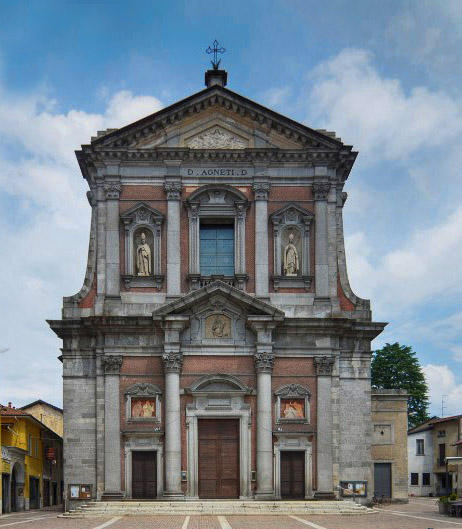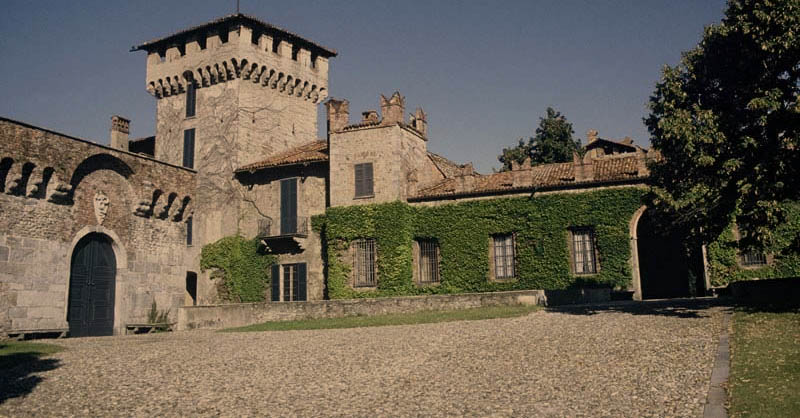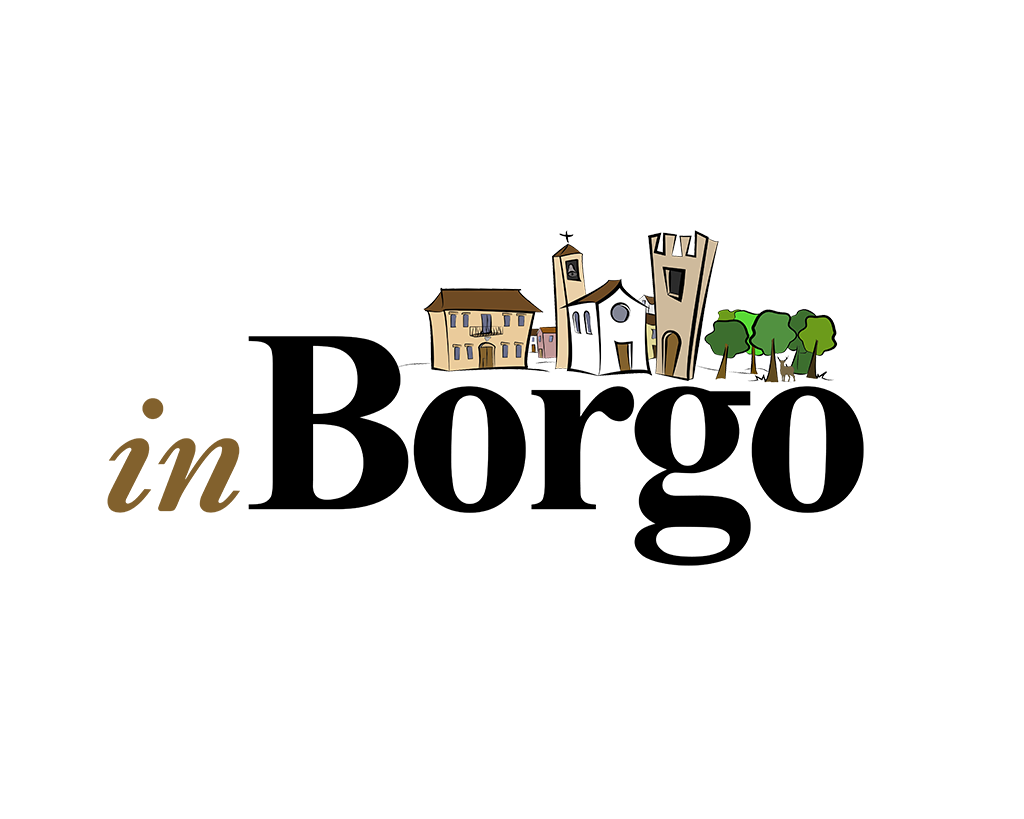
I dintorni di Somma sono ricchi di reperti a testimonianza di una presenza umana sul territorio a partire dall’età del bronzo. Sono state rinvenute infatti diverse tombe del sec. XIII a.C. Somma Lombardo fu un importante nodo che collegava Milano al Verbano nel periodo della Roma antica.
Nel Medioevo Somma Lombardo dipendeva dalla vicina Arsago Seprio, che fu importante centro politico e amministrativo longobardo. L’importanza del luogo nel Medioevo è strettamente legata alla presenza di un asse stradale di rilievo, Attorno all’anno mille, Somma Lombardo divenne parte dei domini dei Visconti. Nel 1448, questi ultimi si trasferirono a Somma e riadattarono il poderoso castello medievale che, nel Settecento, passò al ramo dei Visconti-Castelbarco. È di quel periodo la bonifica della brughiera della Malpensata.
Dopo l’unificazione dell’Italia, sorsero diverse imprese di filatura e torcitura del cotone, ricamifici, tessiture (Visconti di Modrone, 1875), lanifici (Mosterts, 1867). In seguito anche il Lanificio di Somma da cui le famose coperte di Somma.
Parecchi sono gli edifici di interesse da visitare a Somma Lombardo, tra di essi il più importante è il castello Visconti di San Vito. Risale al X secolo. Essa fu poi ingrandita diventando una fortezza dai Visconti, che spostarono la loro residenza da Milano a causa dei loro contrasti con la Repubblica Ambrosiana a Milano. In seguito i rapporti piuttosto turbolenti tra i 2 fratelli Francesco e Guido, portarono alla divisione del castello. Il complesso è infatti formato da tre differenti castelli, ciascuno con proprio ingresso e cortile, edificati l’uno addossato all’altro. Il più antico è collocato all’angolo nord ovest; il secondo occupa tutto il lato est, mentre il terzo, più recente, sorge nell’angolo a sud ovest. La parte del castello visitabile è la seconda, chiamata Castello d’estate. Un paio di particolari che è il caso ricordare : Il castello ha dato i natali, l’11 febbraio 1535, al nobil’uomo Niccolò Sfondrati, ovvero papa Gregorio XIV. Fu anche luogo delle riprese per gli interni del Castello dell’Innominato dello sceneggiato i promessi sposi trasmessi dalla Rai nel 1989.
Molti sono gli edifici religiosi presenti a Somma:
La Chiesa prepositurale di Sant’Agnese. La prima chiesa dedicata alla santa fu eretta a lato del nucleo primitivo del castello visconteo e abbattuta durante il cinquecento per permettere l’ampliamento del castello stesso. La chiesa fu quindi ricostruita nel luogo dove attualmente la vediamo, sacrificando quella di San Fede abbattuta in quella circostanza e mai più ricostruita. Altissimo Il suo campanile alto 59 metri e possiede un concerto di 8 campane.
La Madonna con Bambino e San Bernardino opera di Giovan Mauro Della Rovere, si possono ammirare nella chiesa di San Bernardino. Mentre il gruppo della Pietà con i santi Sebastiano e Giobbe e la Pentecoste del Bramantino si trovano all’interno della Chiesa prepositurale di Santo Stefano.
Santuario della Madonna della Ghianda, caratterizzato dalle quattro cappelle aperte che accolgono i Misteri Dolorosi, con grandi statue scolpite in legno e dai girali dell’affresco della Madonna della Ghianda dipinto sull’abside del santuario e conserva nella sua parte più antica le pitture murali di Michelino da Besozzo.
Di notevole interesse è il museo di Volandia, il più grande museo aeronautico italiano (circa 2 ettari e mezzo) con 100 veivoli esposti. Sorge all’interno del parco tra Somma Lombardo e Ferno.
The surroundings of Somma are rich in finds testifying to a human presence on the territory starting from the Bronze Age. In fact, several tombs of the XIII BC century have been found.
Somma Lombardo was an important node that connected Milan to Verbano in the period of ancient Rome.
In the Middle Ages Somma Lombardo depended on nearby Arsago Seprio, which was an important Lombard political and administrative center. The importance of the place in the Middle Ages is closely linked to the presence of a major road axis. Around the Xi century, Somma Lombardo became part of the Visconti domains. In 1448, the Visconti moved to Somma and adapted the mighty medieval castle which, in the eighteenth century, passed to the Visconti-Castelbarco family. The remediation of the Malpensata heath dates back to that period.
After the unification of Italy, various cotton spinning and twisting companies, embroiderers, weavers (Visconti di Modrone, 1875), and wool mills (Mosterts, 1867) arose. Later also the Lanificio di Somma from which the famous blankets of Somma.
There are several buildings of interest to visit in Somma Lombardo, among them the most important is the Visconti di San Vito castle. It dates back to the 10th century. It was then enlarged becoming a fortress by the Visconti, who moved their residence from Milan due to their conflicts with the Ambrosian Republic.
Later the rather turbulent relations between the two brothers Francesco and Guido led to the division of the castle.
The complex is in fact made up of three different castles, each with its own entrance and courtyard, built one against the other. The oldest is located in the north-west corner; the second occupies the entire east side, while the third, more recent, rises in the southwest corner.
The part of the castle that can be visited is the second, called Summer Castle.
A couple of details that should be remembered: The castle was the birthplace, on 11 February 1535, of the nobleman Niccolò Sfondrati, or Pope Gregory XIV.
It was also the location of the filming for the interiors of the Innominato Castle of the betrothed drama broadcast by Rai in 1989.
There are many religious buildings in Somma:
The Provostal Church of Sant’Agnese. The first church dedicated to the saint was built next to the primitive nucleus of the Visconti castle and demolished during the sixteenth century to allow for the expansion of the castle itself. The church was then rebuilt in the place where we currently see it, sacrificing that of San Fede demolished on that occasion and never rebuilt. Very high Its bell tower 59 meters high and has a concert of 8 bells.
The Madonna and Child with San Bernardino by Giovan Mauro Della Rovere can be admired in the church of San Bernardino. While the Pietà group with Saints Sebastian and Job and the Pentecost by Bramantino are located inside the Provostal Church of Santo Stefano.
Sanctuary of the Madonna della Ghianda, characterized by the four open chapels that welcome the Sorrowful Mysteries, with large statues carved in wood and by the spirals of the fresco of the Madonna della Ghianda painted on the apse of the sanctuary and preserves in its oldest part the murals of Michelino da Besozzo.
Of particular interest is the Volandia museum, the largest Italian aeronautical museum (about 2 and a half hectares) with 100 aircraft on display. It rises inside the park between Somma Lombardo and Ferno.

Comune di Somma Lombardo
Piazza Vittorio Veneto, 2
21019 Somma Lombardo (VA)
Telefono +39 0331 989011
